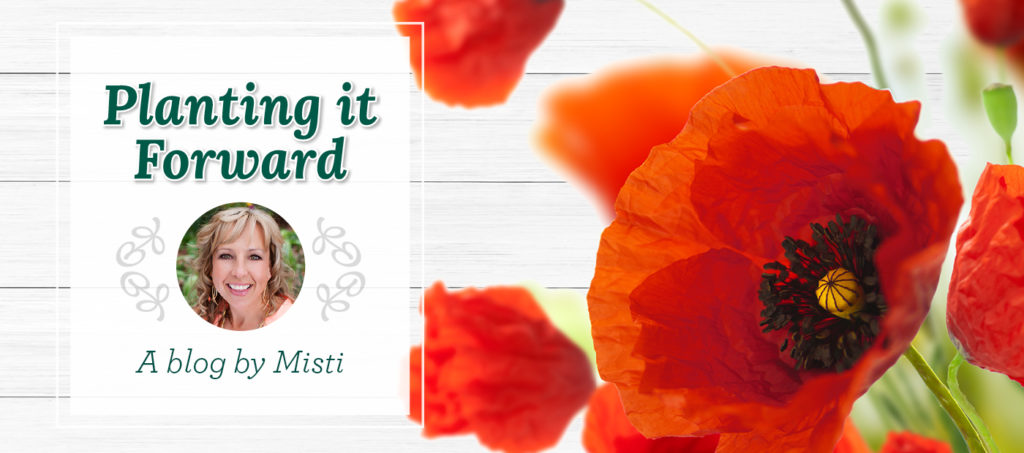
When our record snowfall melted away recently, I was finally able to see the ground and plants in my yard and realized that after this really long winter, spring prep looks different this year.
For example, the amount of snow we saw in the past few months – and the sheer heaviness of it – have caused some issues that you’ll probably have to deal with before you can really get your garden ready for spring planting.
Trees and shrubs probably saw more damage than in past winters, which means that proper pruning is going to be essential this year. Here are a few reminders as you pull out your loppers and shears:
- Early spring is the perfect time for pruning because most plants are breaking dormancy, meaning that wounds will heal faster. However, if you have a spring blooming tree or shrub, you should ideally prune them before they bud. Otherwise, wait until after blooming has finished.
- Never prune more than one third of the plant. Prune more than that and you run the risk of damaging the plant or at least stunting its growth.
- Remember that there’s no such thing as “recreational pruning” with conifers, because they don’t replace growth like other trees and shrubs. Evergreen pruning should always be done for a particular reason, such as removing dead or diseased branches or controlling the size of a tree threatening to grow into other plants, buildings, or utility wires.
Other things to look out for due to the excess snow are fungal issues such as “snow mold” on lawns and garden areas. The best way to deal with this is to rake up old matted down leaves and pine needles and treat for fungus if necessary.
And if you didn’t trim back your perennials last fall, you’ll definitely want to do it now. Shoulder surgery last year meant I couldn’t winterize my garden as much as I wanted to. Normally, if I don’t cut back my perennials, the dead foliage just breaks off. But with the extra moisture this year, much of it is still attached to the plants and is just limp and soggy. This foliage needs to be removed and it will expose new growth ready to emerge.
Once you clean up your yard, remove broken branches, trim your perennials, and bag up old leaves and pine needles, your garden will be ready for you to amend the soil with mulch and compost and then add new plants for the new season.
If you have any questions about spring clean up – and particularly if you are unsure about the best way to prune a tree or shrub with broken branches – please stop by the nursery. Bring a picture if you can, and we’ll give you some expert advise and direction.
Happy Gardening!
Misti